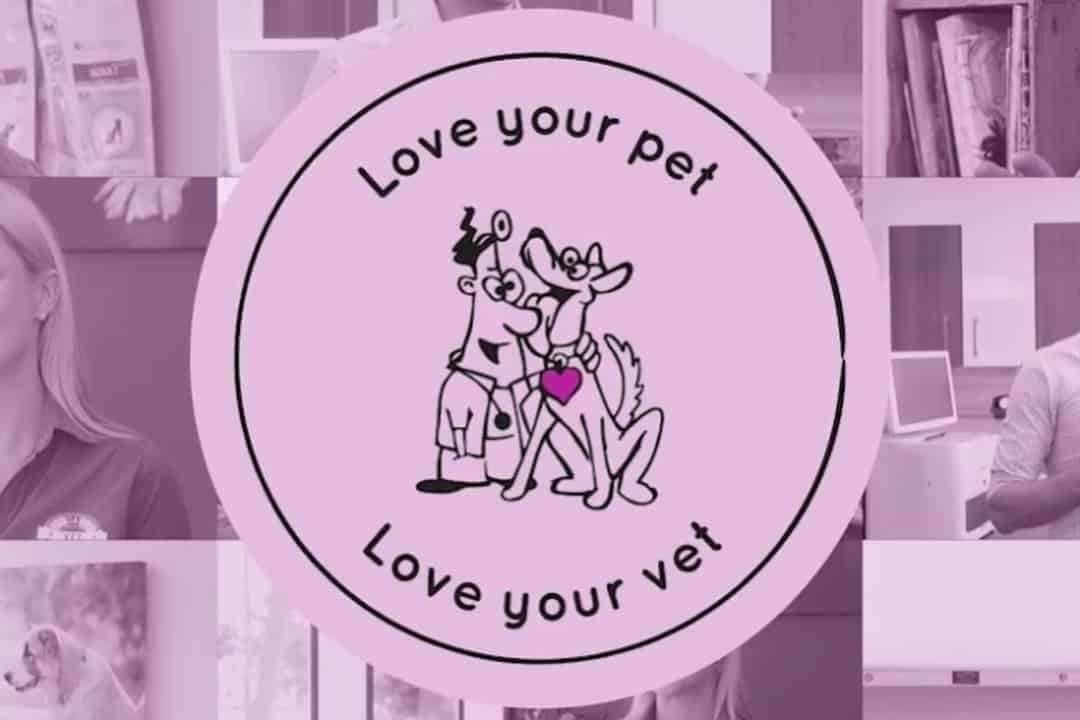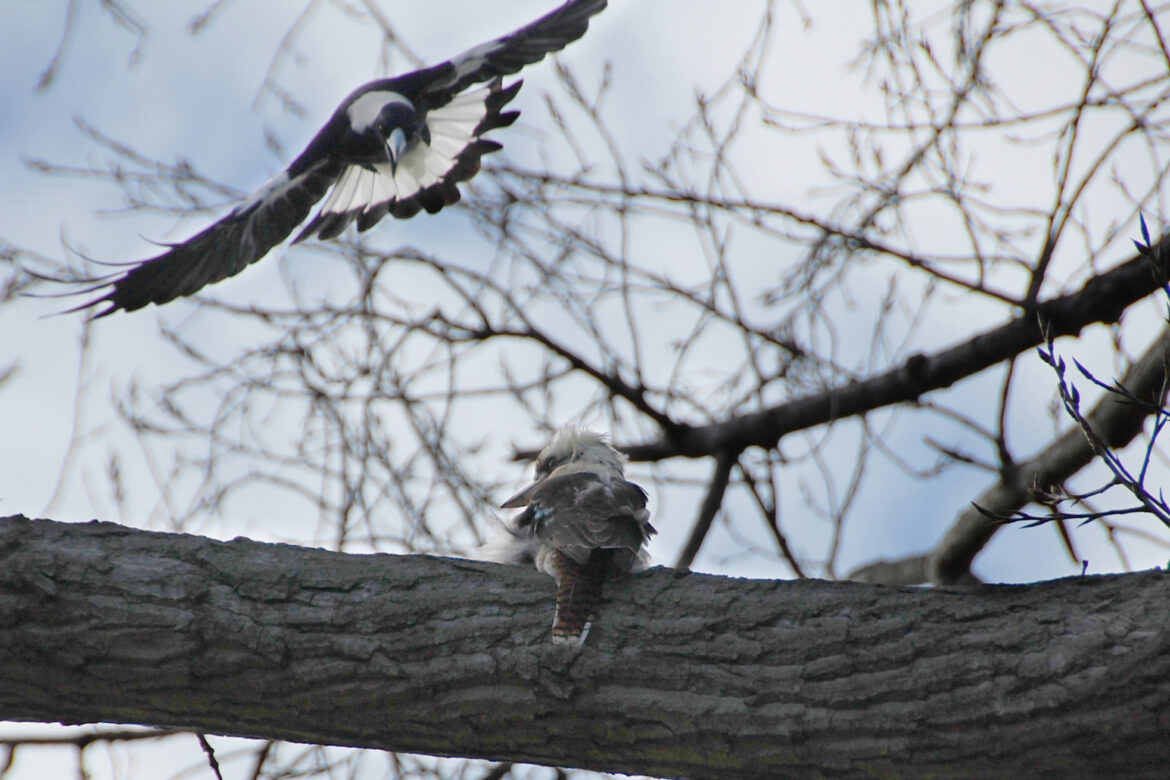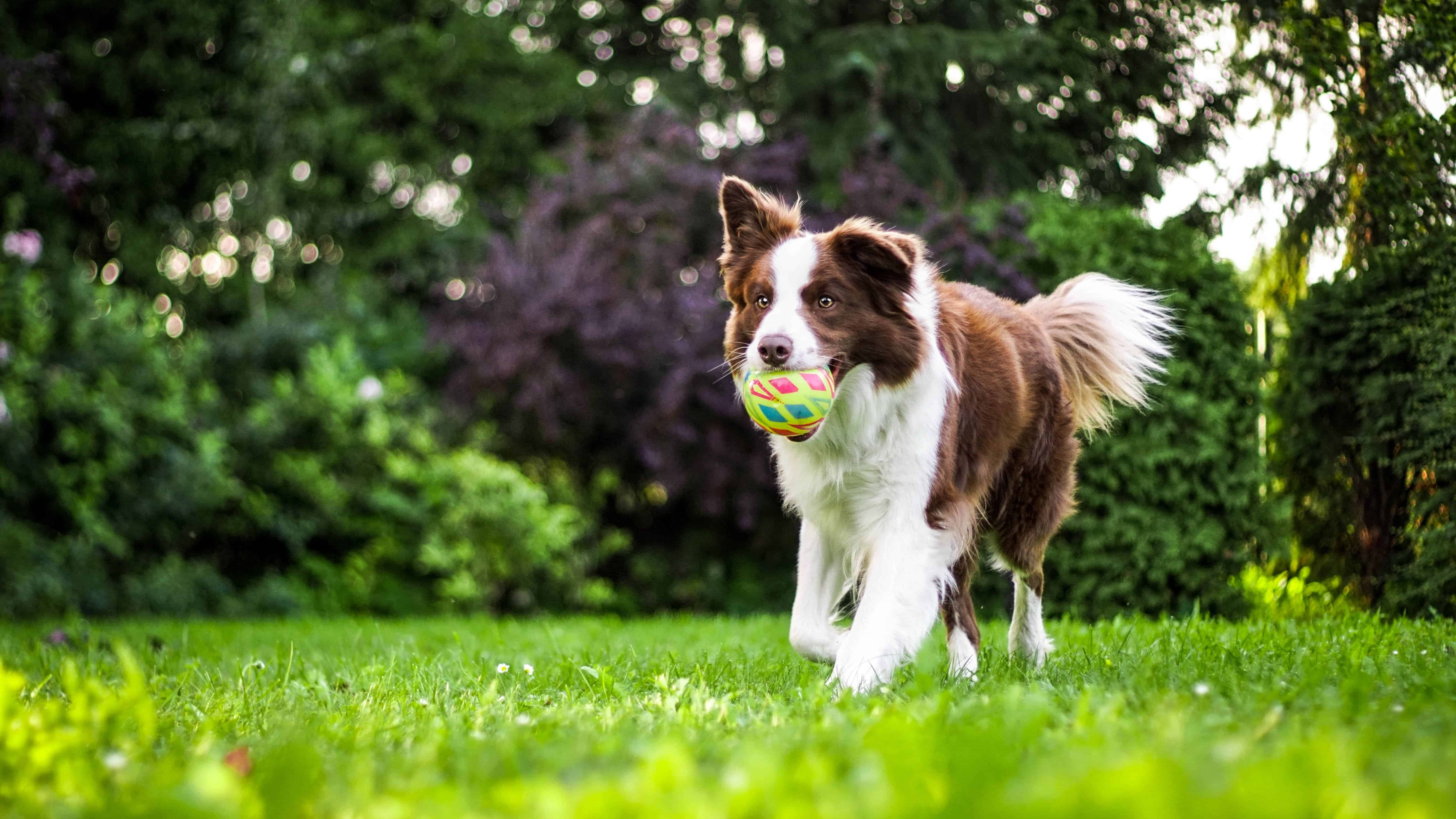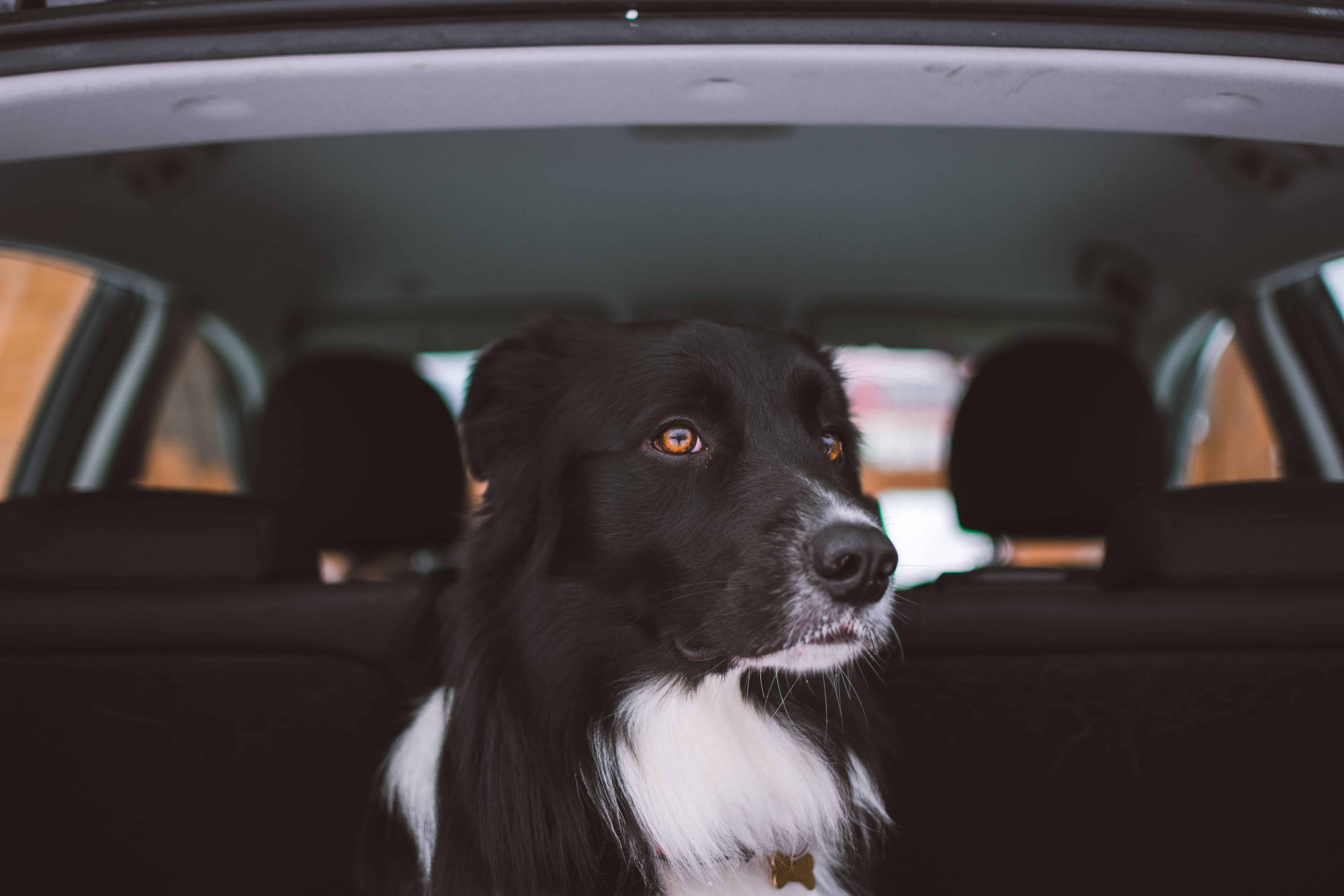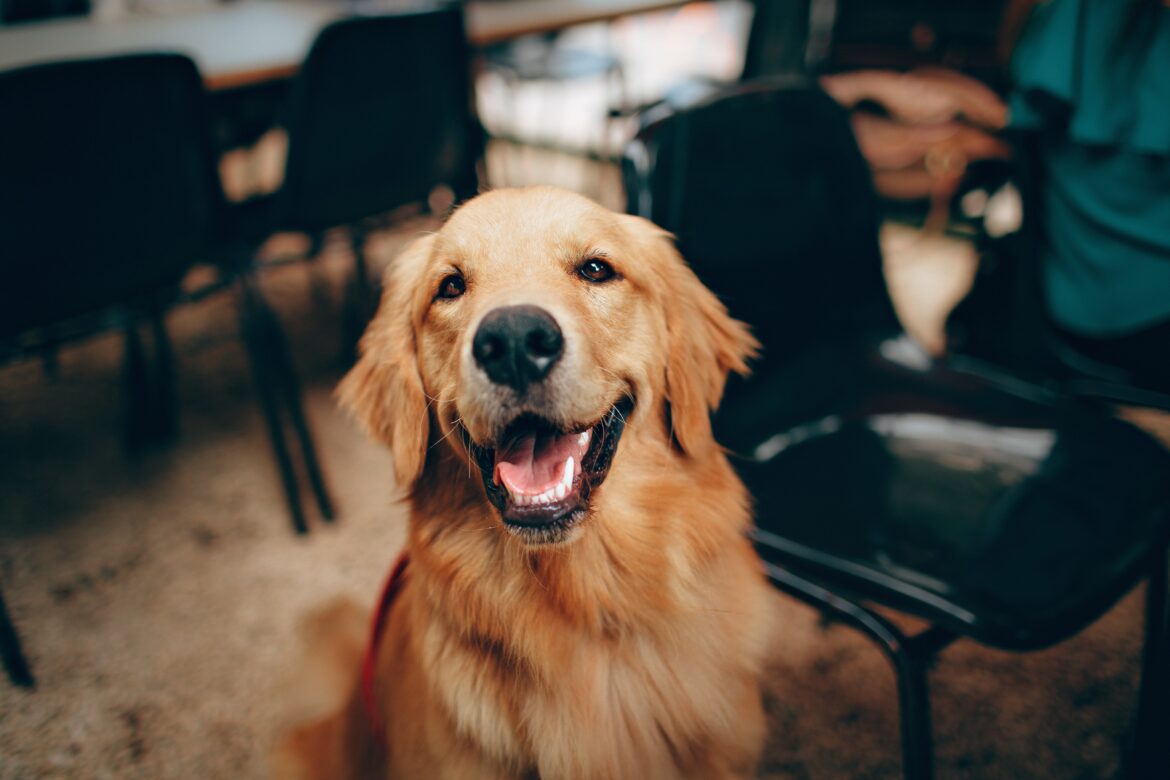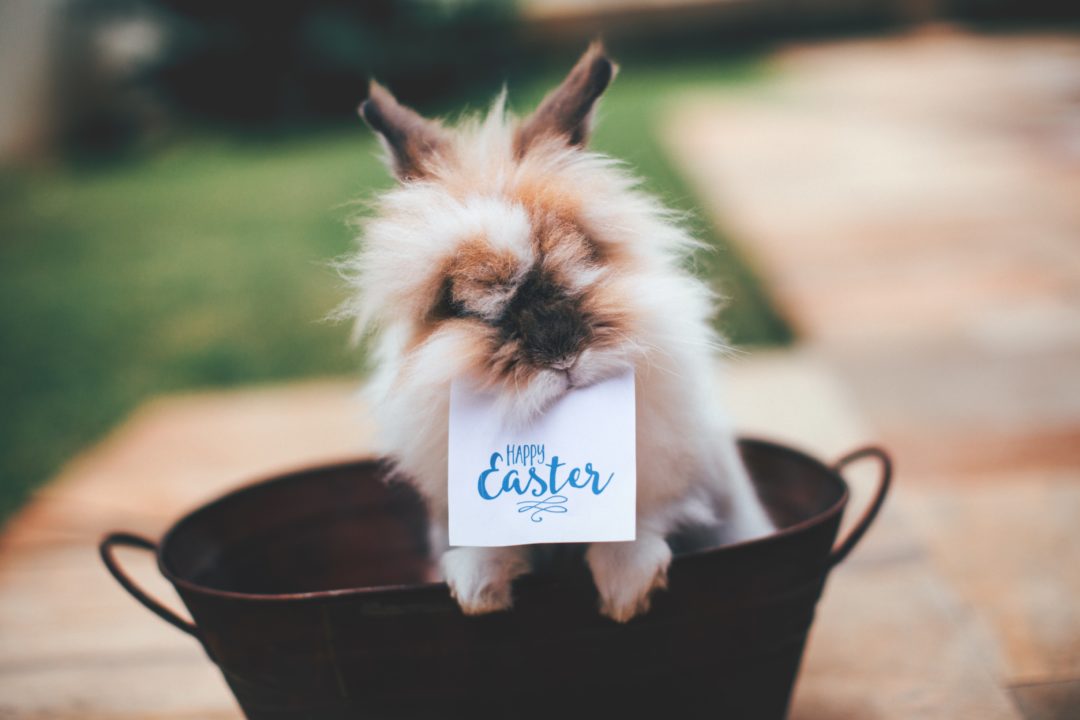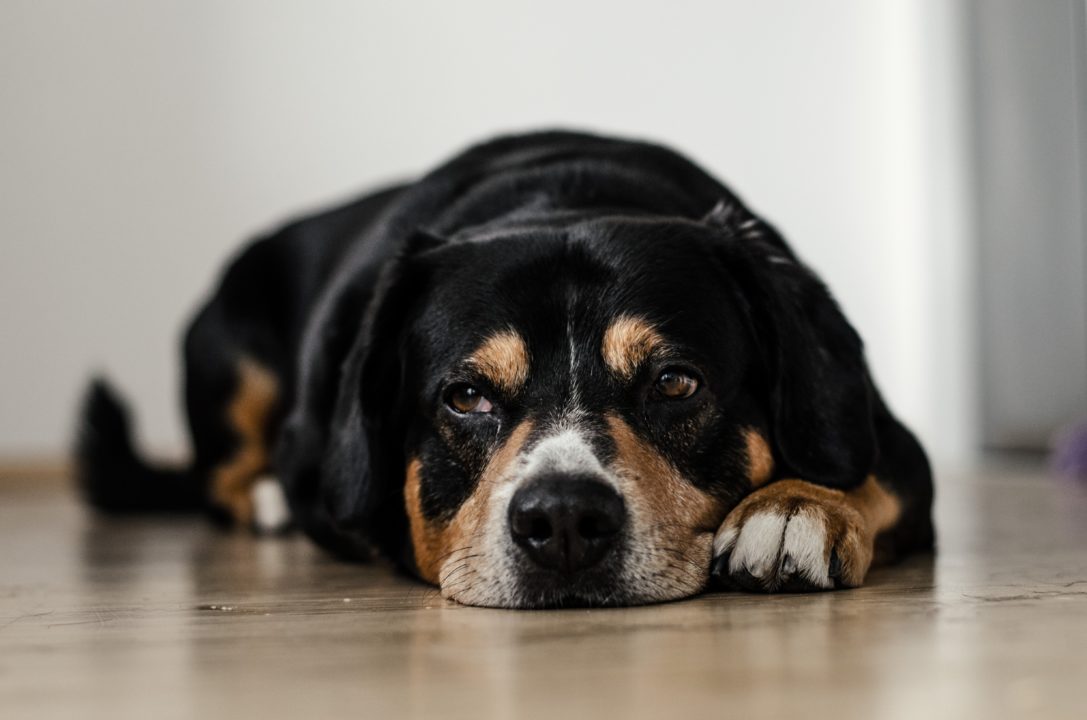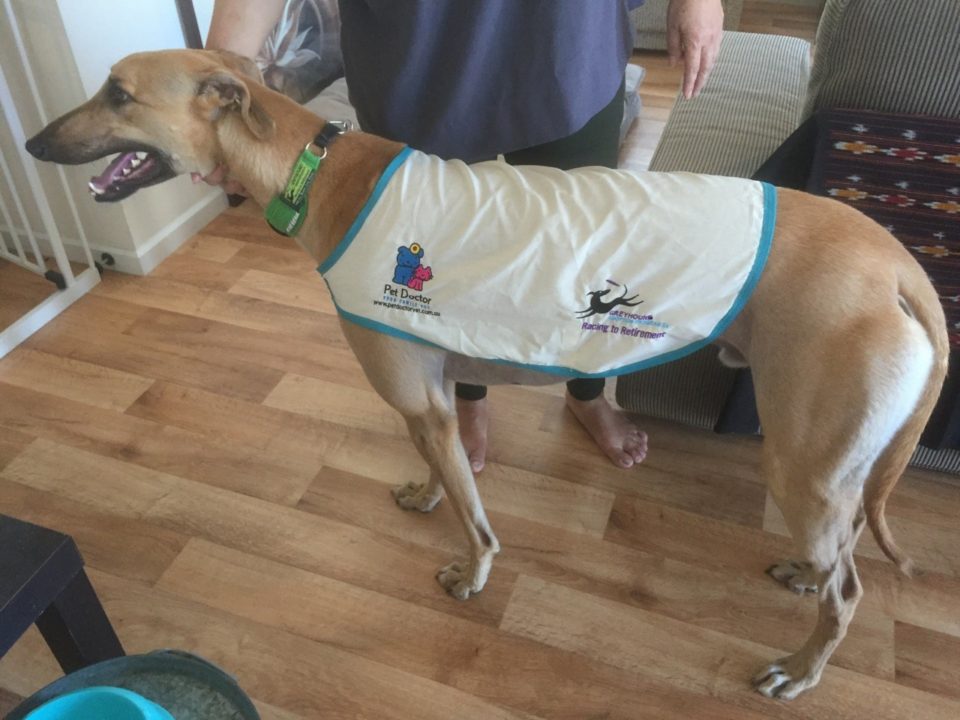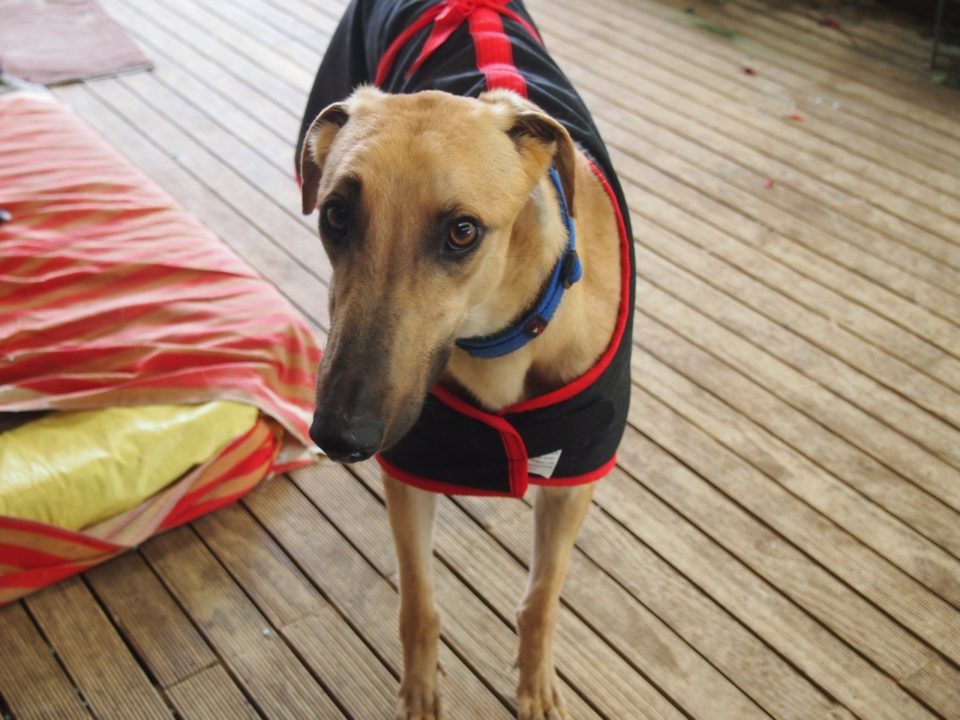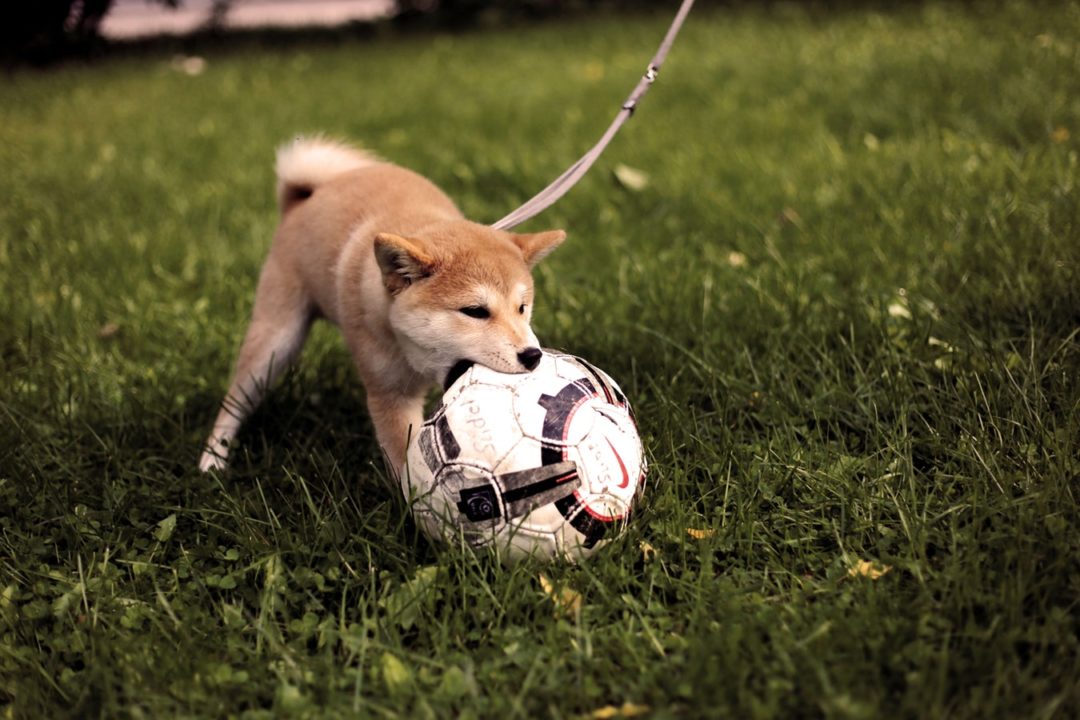This month we are shining the spotlight on an amazing charity, Love Your Pet, Love Your Vet. As proud members of their foundation, we felt it was necessary to highlight some of the industry’s biggest struggles and how this amazing charity is trying to help!
Love Your Pet Love Your Vet is a registered charity leading the way in increasing wellbeing in the veterinary industry, raising awareness and building community support to highlight and address the disproportionately high rate of suicide within this profession, and providing psychological and educational support to these professionals.
Despite the perception that they get to play with cute puppies all day and make lots of money doing so, veterinarians are actually four-times more likely than the general population and twice as likely as other health professionals to commit suicide.
There are many aiding factors to these statistics, which include but aren’t limited to, having to euthanise animals, dealing with difficult/demanding clients, financial issues, compassion fatigue, and unrealistic expectations.
Sadly many of these people will suffer in silence and choose suicide as a way of dealing with these issues.
What is needed is a paradigm shift within this industry so our veterinary professionals can do the work they are so passionate about without the negative (and often life-threatening) consequences.
Wondering how you can make a difference?
Either as a member of the community or as a veterinary professional, there are plenty of ways in which you can help. These include:
- Making a donation
- Becoming a member of the Love Your Pet, Love Your Vet foundation
- Sponsoring the charity
- Purchasing their merchandise
It’s important to support those in our community, even if it’s just by showing compassion and kindness to one another. If you are or know of a struggling veterinarian, be sure to check out Love Your Pet, Love Your Vet’s resources page for more information on how you can get help.

